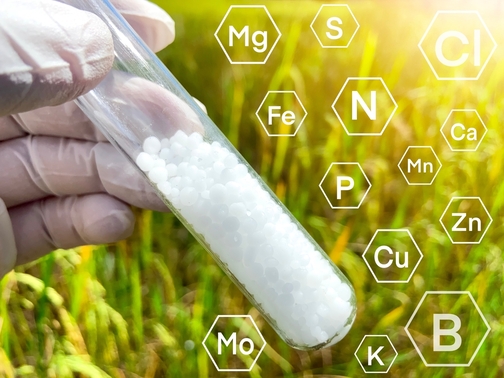Soil analysis during autumn is a key step for achieving high productivity in agriculture. According to Goran Milanko from Nikša agrar, soil analysis allows farmers to identify the amount of nutrients that plants have consumed and that need to be returned to the soil in order to ensure optimal conditions for the next crops. Insufficient or excessive intake of nutrients can have negative consequences for the soil, such as changes in the pH value and blockage of the uptake of essential micro and macro elements. This not only increases production costs, but also reduces yields.
Soil sampling is usually done after harvest so that a recommendation can be made on the required amounts and types of fertilizers. For an accurate analysis, it is important to collect data on previous crops, the planned future crop, as well as the yield of the previous crop. The area from which samples are taken is usually from 5 to 10 hectares for NPK analysis, while for the analysis of easily accessible nitrogen (NO-3) it can be between 15 and 20 hectares. If the analysis shows a lack of certain elements, the fertilizer formulations are adjusted to compensate for those elements. Conversely, if an element is present in excess, formulations that do not contain that element are recommended.
Land analysis: more details
According to Milanko, soil samples are best taken in the fall, because then there is enough time for analysis and fertilization planning. After removing the stubble and rapeseed, the pressure is lower, so the process can be carried out thoroughly. In addition to the analysis after removing the crop, the analysis of the easily accessible nitrogen content is equally important, which enables better planning of fertilization in the spring.

A problem that occurs more and more frequently in our country is the reduction in the use of manure. Intensive agriculture, which involves growing two crops a year, leads to a decrease in soil fertility and a decrease in humus content. These factors, if not controlled and corrected, can negatively affect the yields and quality of agricultural products in the long term.
It is concluded that regular soil analysis is key to preserving its fertility and ensuring high yields. Proper fertilization in accordance with the results of the analysis helps to maintain the balance of nutrient elements in the soil, which reduces production costs and increases the efficiency of agricultural work. Therefore, farmers are increasingly encouraged to use this practice to maintain high quality and quantity of their crops.
Source: Good morning
Source: boljazemlja.com


